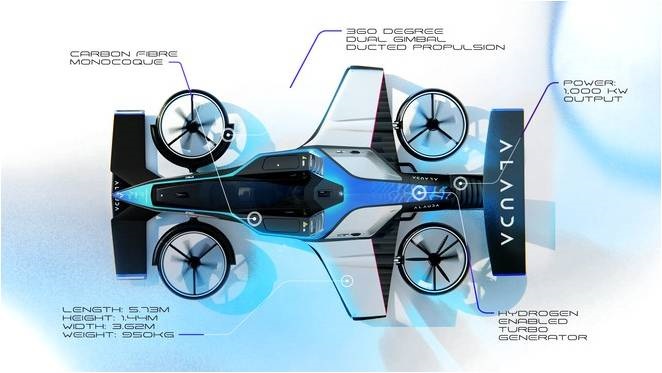NUNCATS: No Unnecessary Novelty Community Air Transport Services. A Mission NUNCATS, as your editor mused, is not a hip religious order, but a determined husband and wife team intent on doing good in the world with electric aeronautics. They proclaim their mission as, “To provide a dependable lifeline for the world’s remote communities, to offer hands-on experience and STEM learning opportunities, and enable sports flyers to convert to cleaner, greener energy.” They add a practical approach to their mission. “We deliver this by integrating the existing technologies of proven light aircraft, electric propulsion, and solar power generation, for maximum social and environmental impact. We are augmenting existing microgrid installations and providing the necessary infrastructure where needed.” Their All-electric Zenith “Sky Jeep” completed its first flight on January 20, 2023. The group has plans “to transport doctors and medical supplies in remote areas of the world.” The Sky Jeep, a Zenith CH 750 Cruzer has big tires and the ability to …
Alauda AirspeederMK4 and AMSL Speed Toward Records
Alauda and AMSL – two companies down under – are pressing ahead on divergent missions, but both powering “flying cars” with hydrogen. Both craft will achieve higher speeds and cover longer ranges than most other electric Vertical Take Off and Landing (eVTOL) craft. Alauda Airspeeder MK4 Alauda’s brief history of creating Airspeeders hits its latest iteration, the MK4. It replaces batteries with a 1,000 kilowatt hydrogen-fueled turbo generator driving ducted fans in place of previous open rotors. Up to now, the various Marks were remotely controlled and battery powered. MK4s will be “crewed” and powered by green hydrogen. Evolved over the last few years, MK4 will be much faster than its 100 kilometer per hour predecessors, and we hope, more controllable. Remotely controlled crashes, as shown in this2022 MK3 race, are no more harmful to human operators than a video game – although probably more costly. Looking a great deal like a Formula 1 or Formula e race car, the …
What We’re Looking Forward to at AirVenture 2017
We’re looking forward to seeing progress in electric aircraft, and this year may be an opportunity to see real breakthroughs. Two from Pipistrel Besides its regular lineup of high-quality aircraft, Pipistel will have two Alpha Electro trainers on display in their display area. This is the first time these aircraft will be seen in America, and they’ll be at the right of AirVenture’s main entrance gate in sites 86 and 87. In the Ultralight Area Mark Beierle will display and fly Bravo, Richard Steeves’ e-Gull. This red, white and blue gem features a power system made from Zero Motorcycle components and boasts an impressive rate of climb and exceptional short field capabilities. Another ultralight, the EMG-6 developed over the last few years by Brian Carpenter of Rainbow Aviation/Adventure Aircraft, will show off the REX 30 MGM-Compro motor from the Czech Republic. The units, with their matching controllers, power dozen of different types of aircraft in Europe, from paramotors to Light …
Pneumatically Pumped Up
Robert J. Englar is Principal Research Engineer at the Georgia Institute of Technology’s Georgia Tech Research Institute in the Aerospace & Acoustics Technology Branch. Responsible for research project direction and development of advanced technologies in aerodynamics, he added a different type of discipline to those presented at the fifth Annual Electric Aircraft Symposium last April in Santa Rosa, California. His research combines attempts to achieve low noise, high lift and short takeoff and landing (STOL) capabilities while applying pneumatic power to the equation. Not to be confused with inflatable rafts, pneumatic, in this case, refers to the careful routing of high-pressure airstreams over very different airfoil and high-lift device surfaces, and has led to measured coefficients of lift in the 8.5 to 9.0 range. By comparison, a conventional STOL craft may generate a CL of 3.3 (Zenith Air 801) and the Custer Channel Wing claimed, with its propeller blast channeled through a semi-circular wing (hence the name), an infinite CL. …



